Distant Era uses a double logo in order to separate content related to fine art and portraiture from content related to publishing (including blog content). There isn’t much need for such a distinction at present, but there may come a time when it’s handy, even necessary, to clearly delineate these things as separate. Thus, one icon stands for the portraiture of other eras and the other for The All Worlds Traveller blog.
The Distant Era logos were inspired by opposite sides of the same historical coin, a silver stater used in Corinth and Syracuse around the fourth century BC.

Inspirations

The heads side of the coin is a profile of Athena, the Greek goddess of wisdom and war, while the tails side depicts the winged horse Pegasus—who sprang from the neck of Medusa, the gorgon cursed by Athena, when Perseus slew her; Pegasus was tamed by Bellerophon, who defeated the chimera before becoming king of Corinth.
The Distant Era website is for portraiture, the “heads” side of the coin. My first professional photography work in Chicago was for Babes With Blades, an all-woman Chicago theatre company that produces plays featuring strong roles for women, and which contain some element of violence. When thinking about a logo for Distant Era, I considered how ancient coins were an early form of portraiture in miniature. So it seemed fitting that the primary Distant Era logo should be the portrait of a warrior goddess from the face of an ancient coin: mythology, fantasy, and history united.
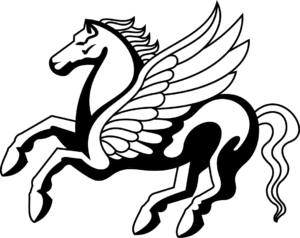
That flip side is The All Worlds Traveller. As the “tails” side, it’s for the tales—a blog more about the who, the what and the why of the images than it is about the how. It’s more a magazine and less a manual. The yang to Distant Era’s yin. In 2005, early in my transition from performance to prose, a story came to me in a dream. This story was about a man who encounters Pegasus after the Roman destruction of Corinth in 146 BC, when the ancient Greeks lost their independence to Roman rule. Back then, I thought I knew a lot more about narrative than I did, and I chased that story from draft to draft. While I had the passion and the drive, I lacked the skill and experience to write that story then. Yet that early Pegasus story remains symbolic of all the stories I’ve chased, trying to get them right. For its tales and its flights of fancy, The All Worlds Traveller bears the Pegasus logo.
Design
The twin Distant Era logos were created by the magnificent artist Liz VanHoutte, who drew inspiration from many versions of the historical coins to make the final design.
Liz had recently done a logo for my friend and colleague Knut Böhmer, an exceptional miniatures painter. One need only glance over Liz’s posted works to see how incredibly skilled she is. When she accepted the commission to do the Distant Era logo, I was overjoyed and relieved. I knew what I wanted but prior to meeting Liz, I wasn’t sure I would get it, or that it would be done right, or well.
Liz began working on the logos at the beginning of the pandemic. She sketched a wide variety of concepts, which we narrowed down and honed to perfection over time.
As Liz showed me drawing after drawing, I felt humbled that someone so skilled was working on my logo. Her work was so good that it was hard to make a final choice. Every series of sketches came with several selections, each a viable choice.
In the end, we came to the logos displayed on Distant Era and The All Worlds Traveller. I was overjoyed. I was also a little sad that it was over: working with Liz was one of the brightest highlights of 2020 and among the best artistic working processes I’ve ever experienced.
If that wasn’t enough, she sent me the original artwork for both logos in the mail, to be framed and displayed as a memento. I can only say that Liz was the best of the best, I’m humbled by the work she did, and I’m grateful for every second of time she put into it. She’s already working on a logo for our regularly featured artist Erin Gallagher.
LizVanHoutte is the best. I simply cannot recommend her highly enough.
* The featured photo comes from the gemma-antiqua Jewels of the Ancient World tumblr, and the Corinthian silver stater circa 345–307 BC is from Wikimedia Commons.

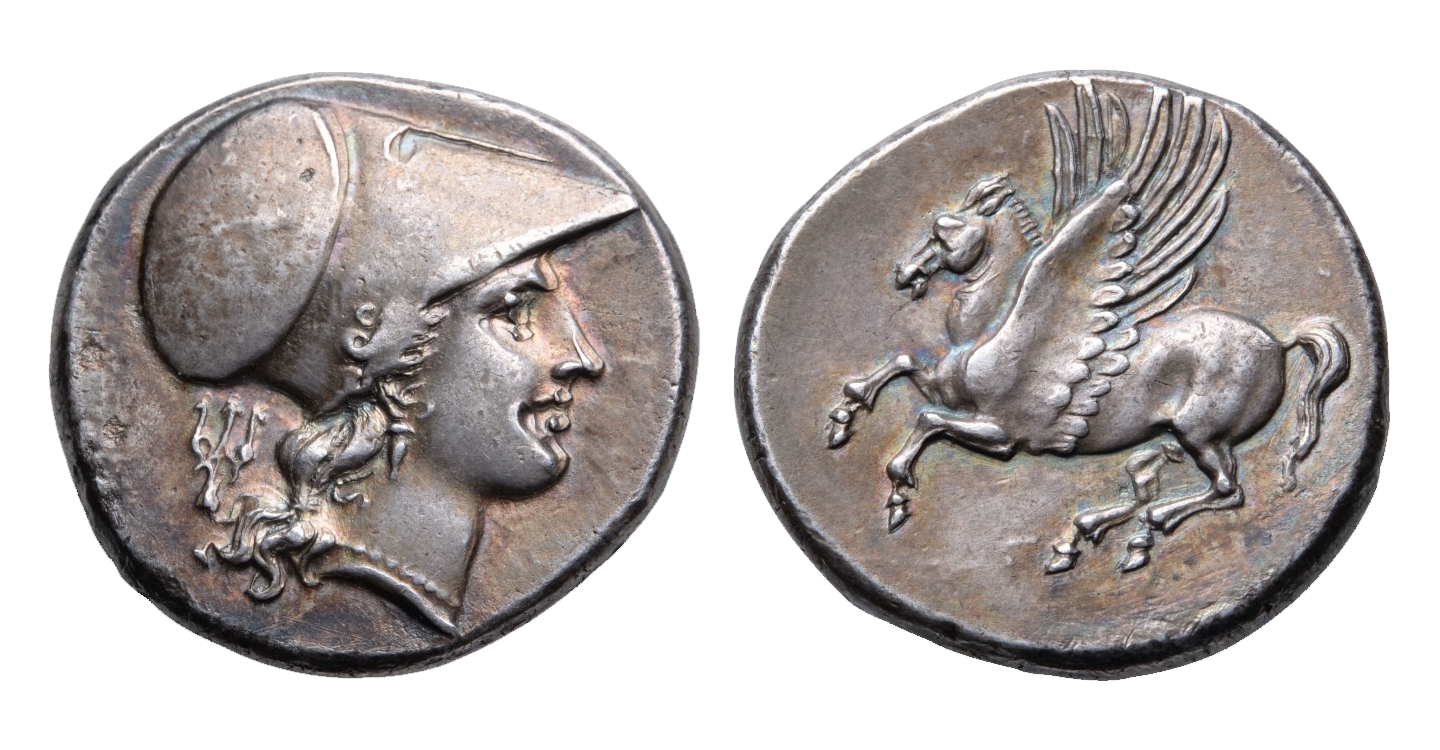
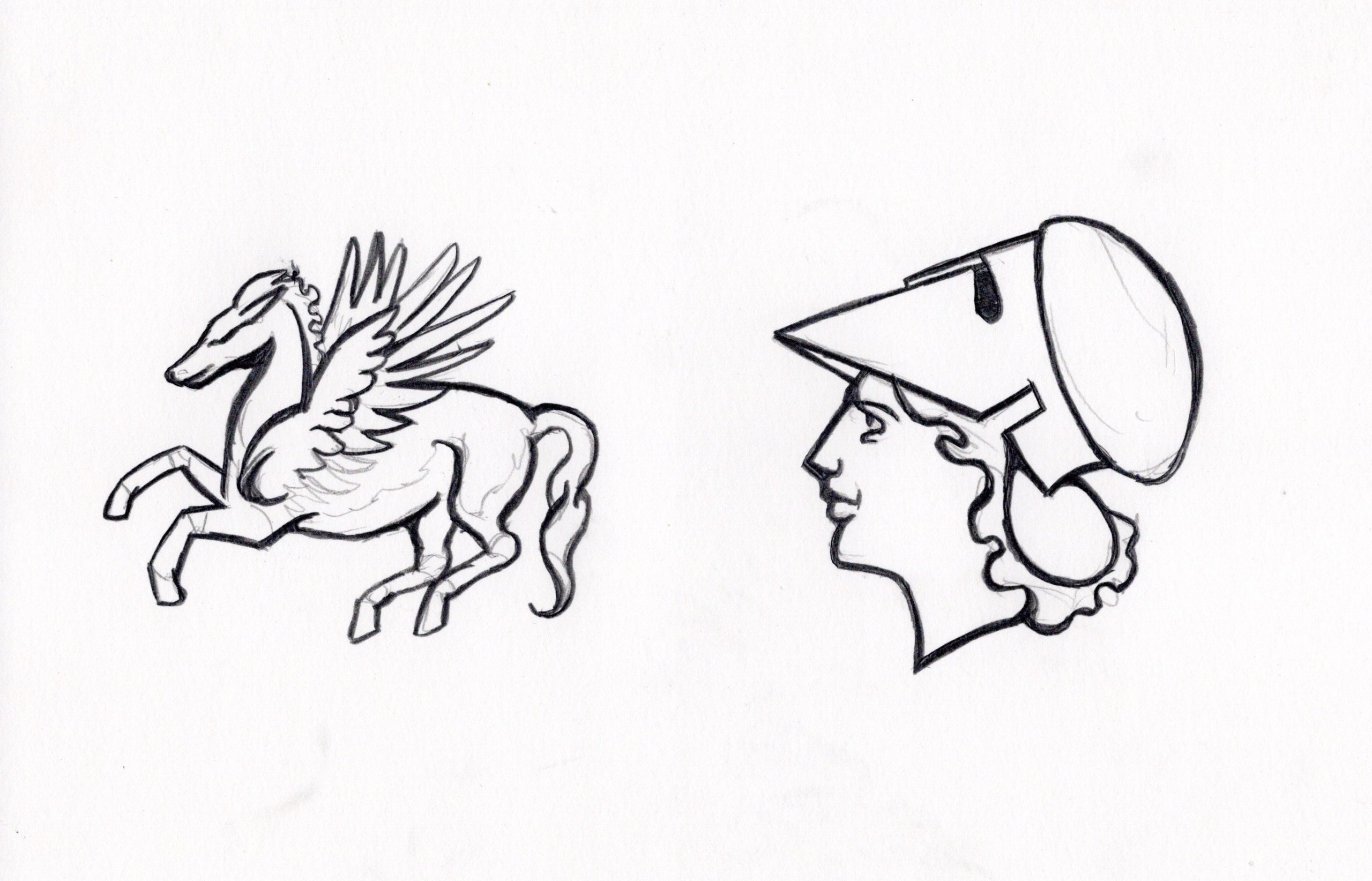

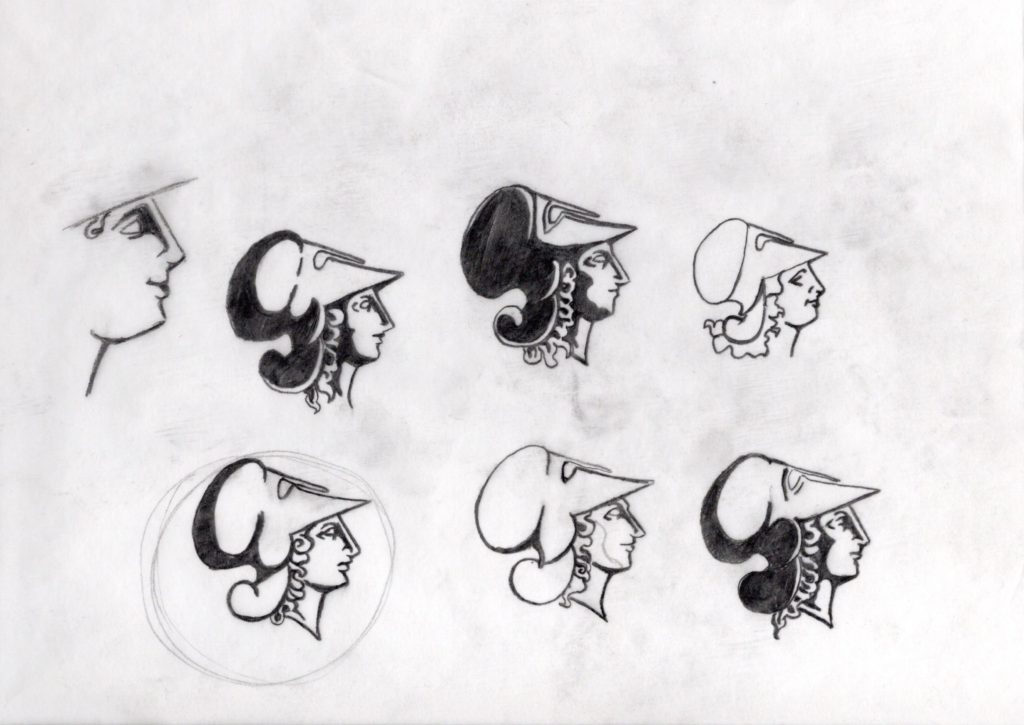
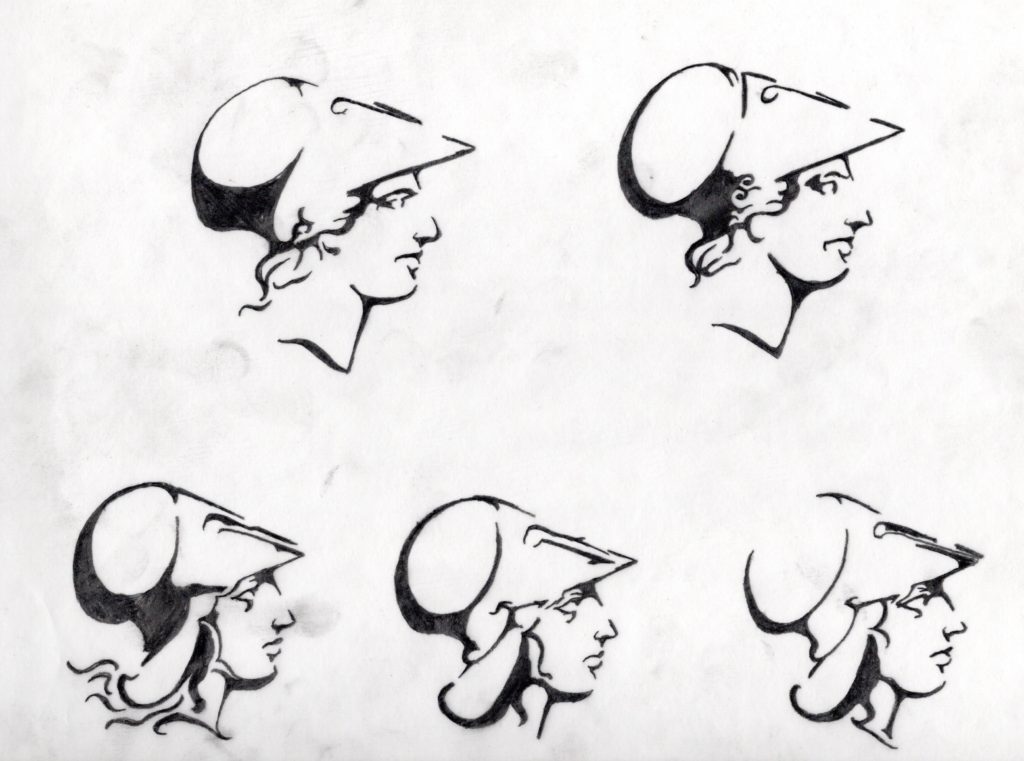
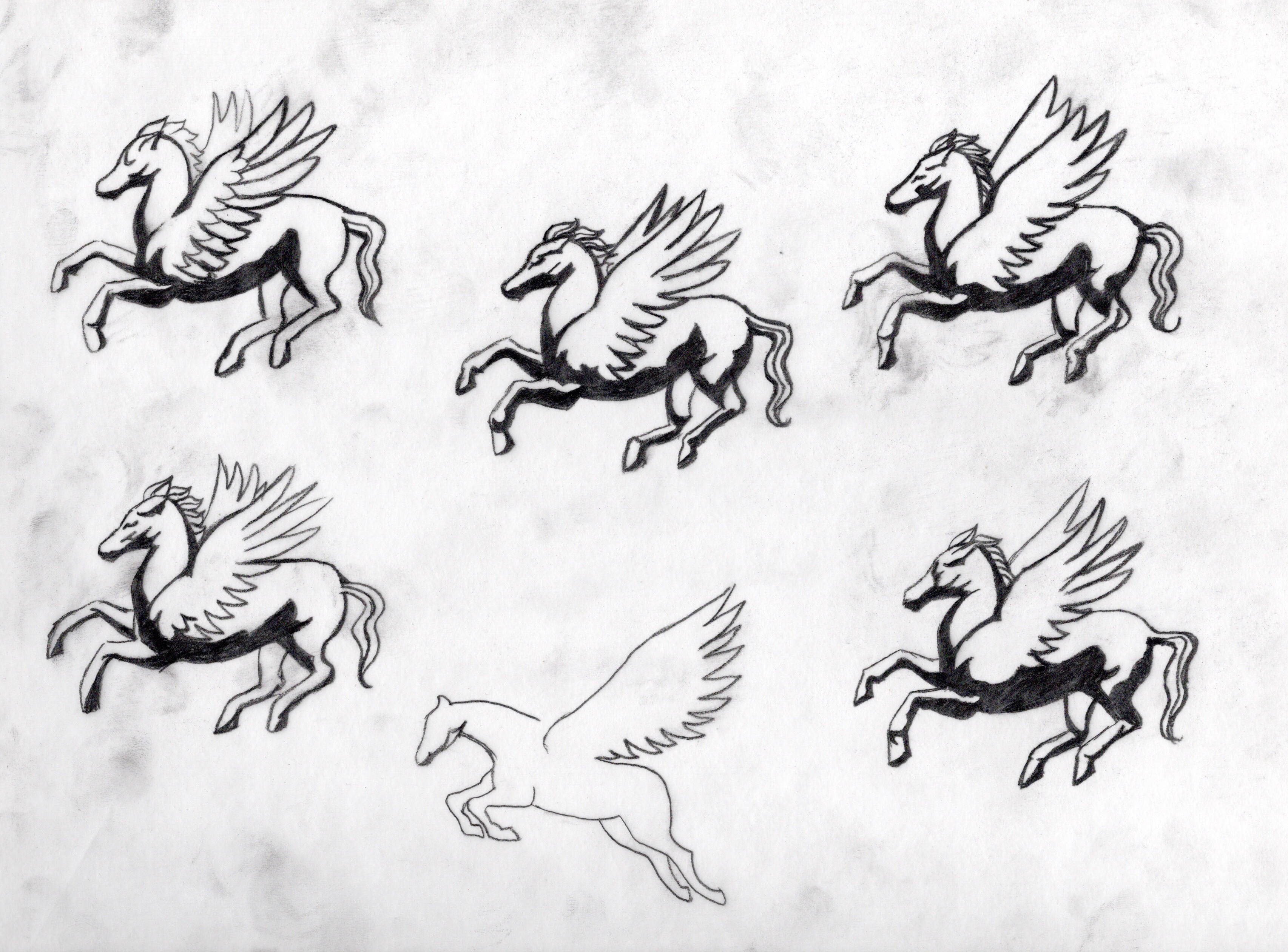
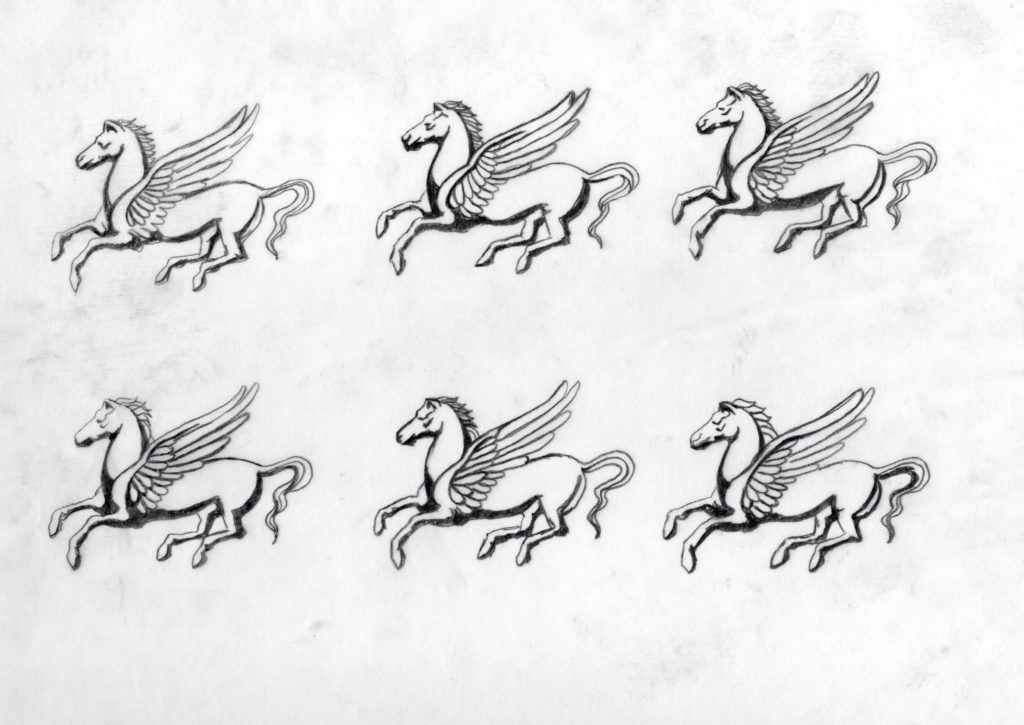
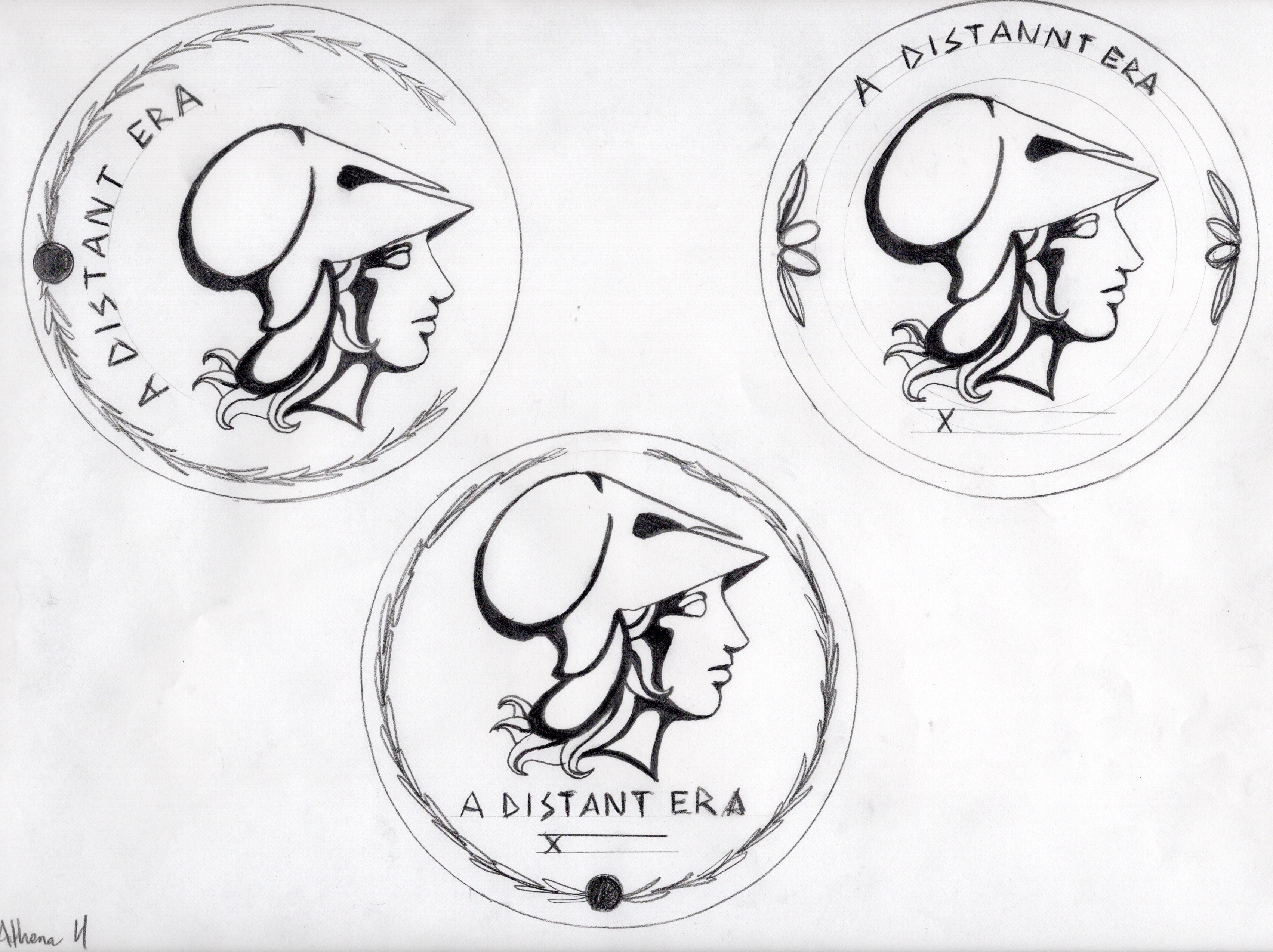
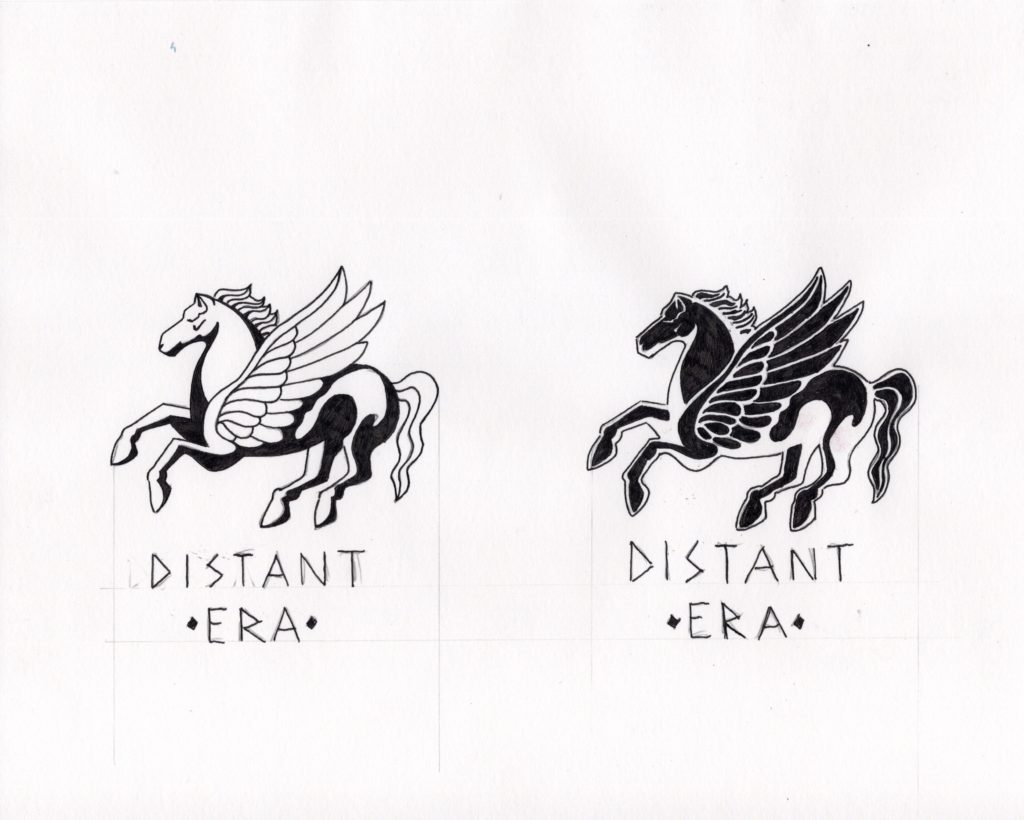

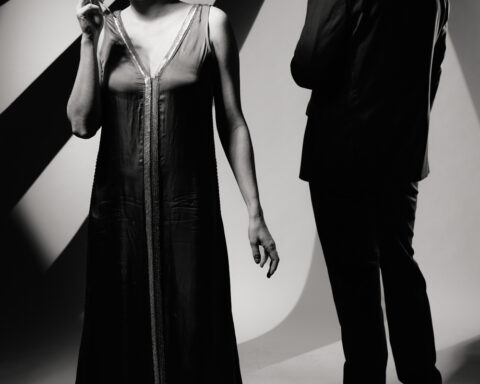

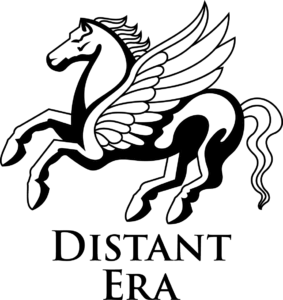
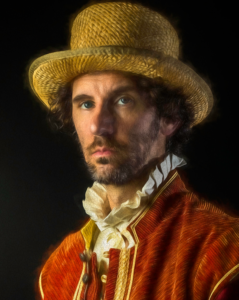


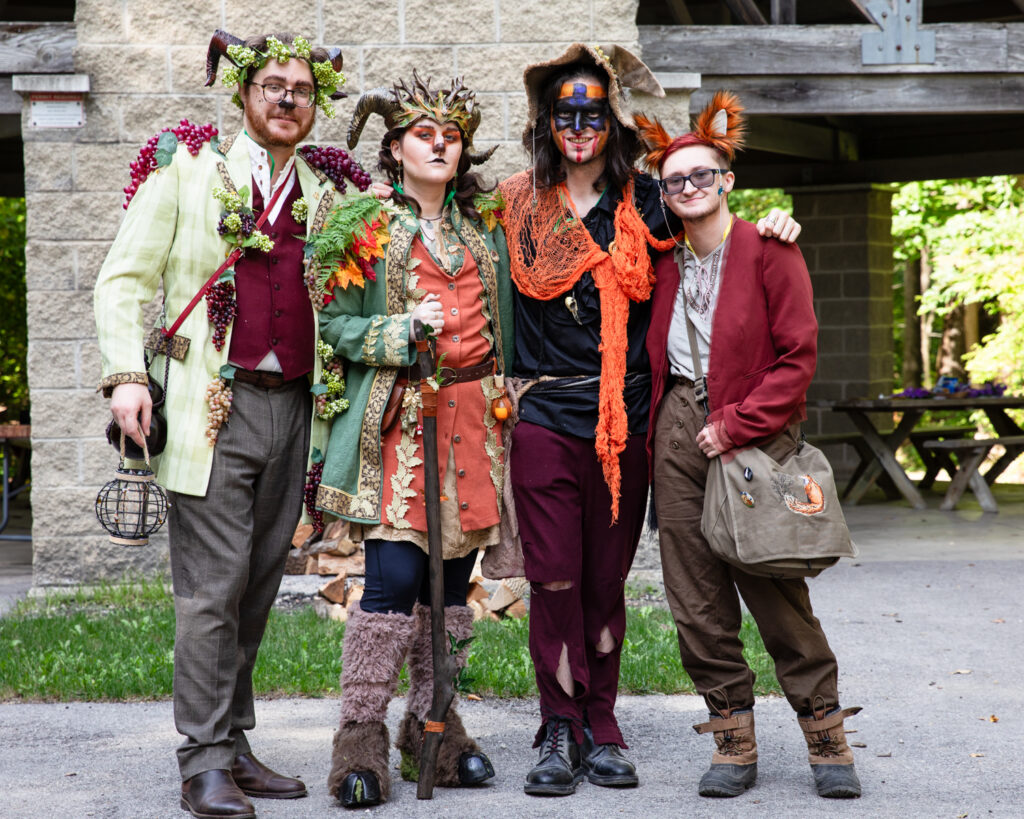
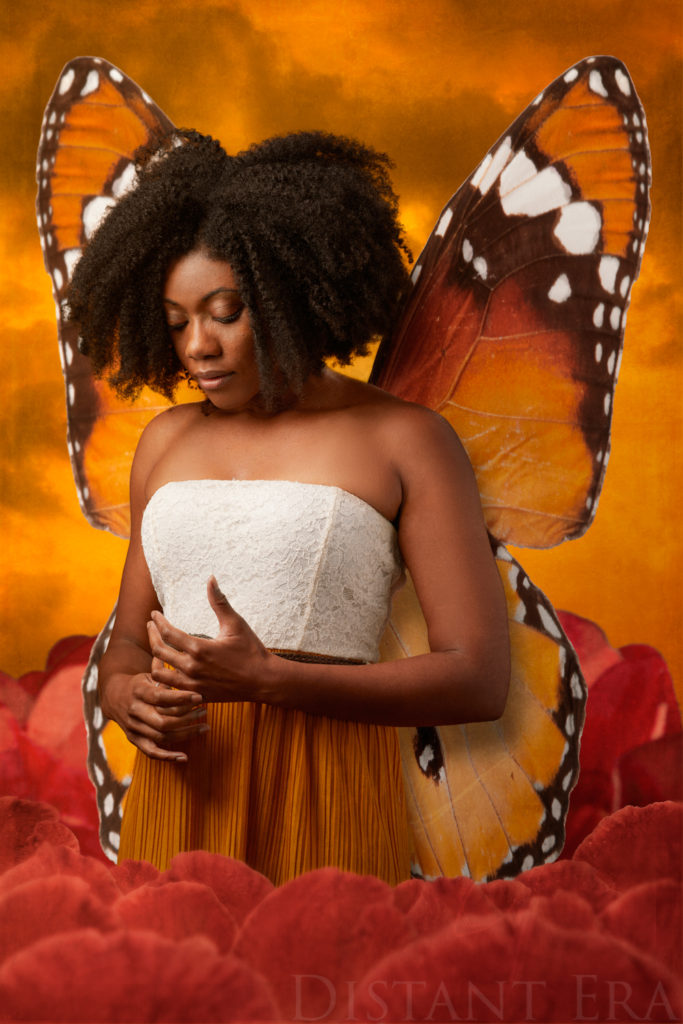

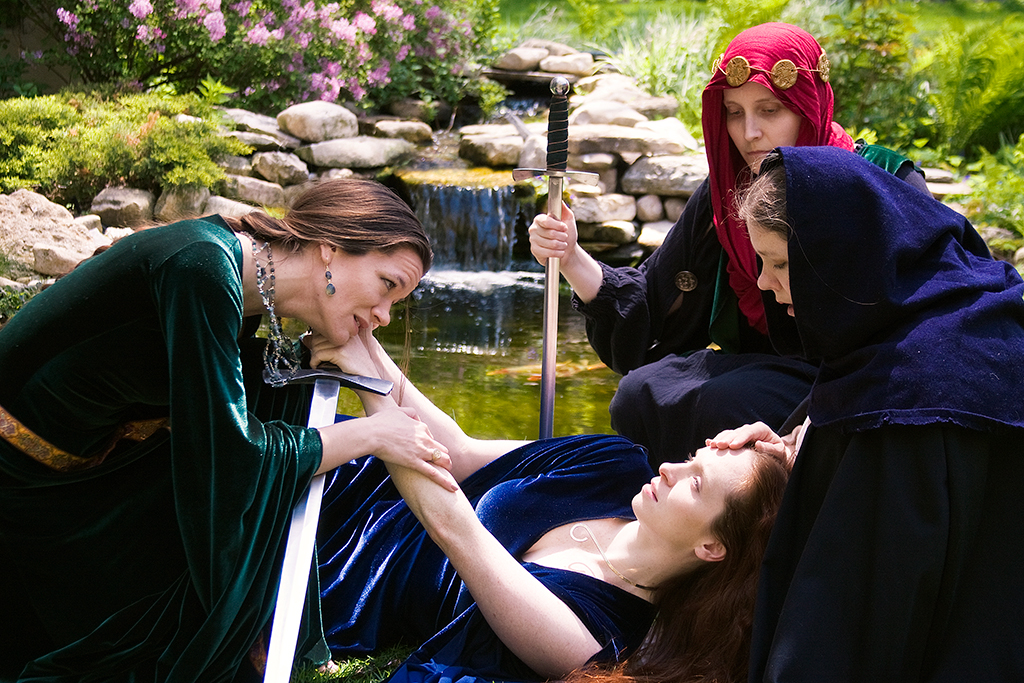
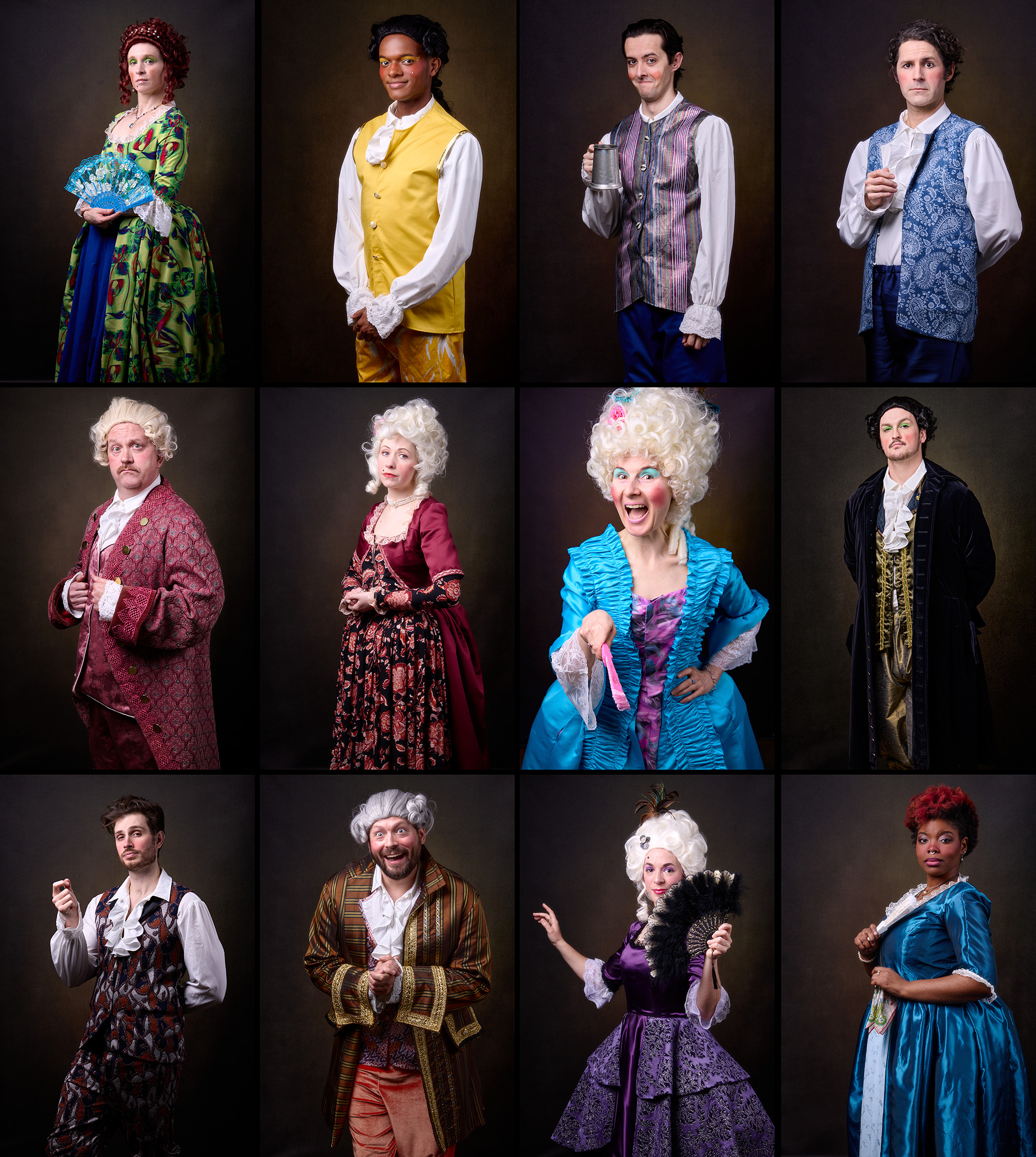


Follow Me